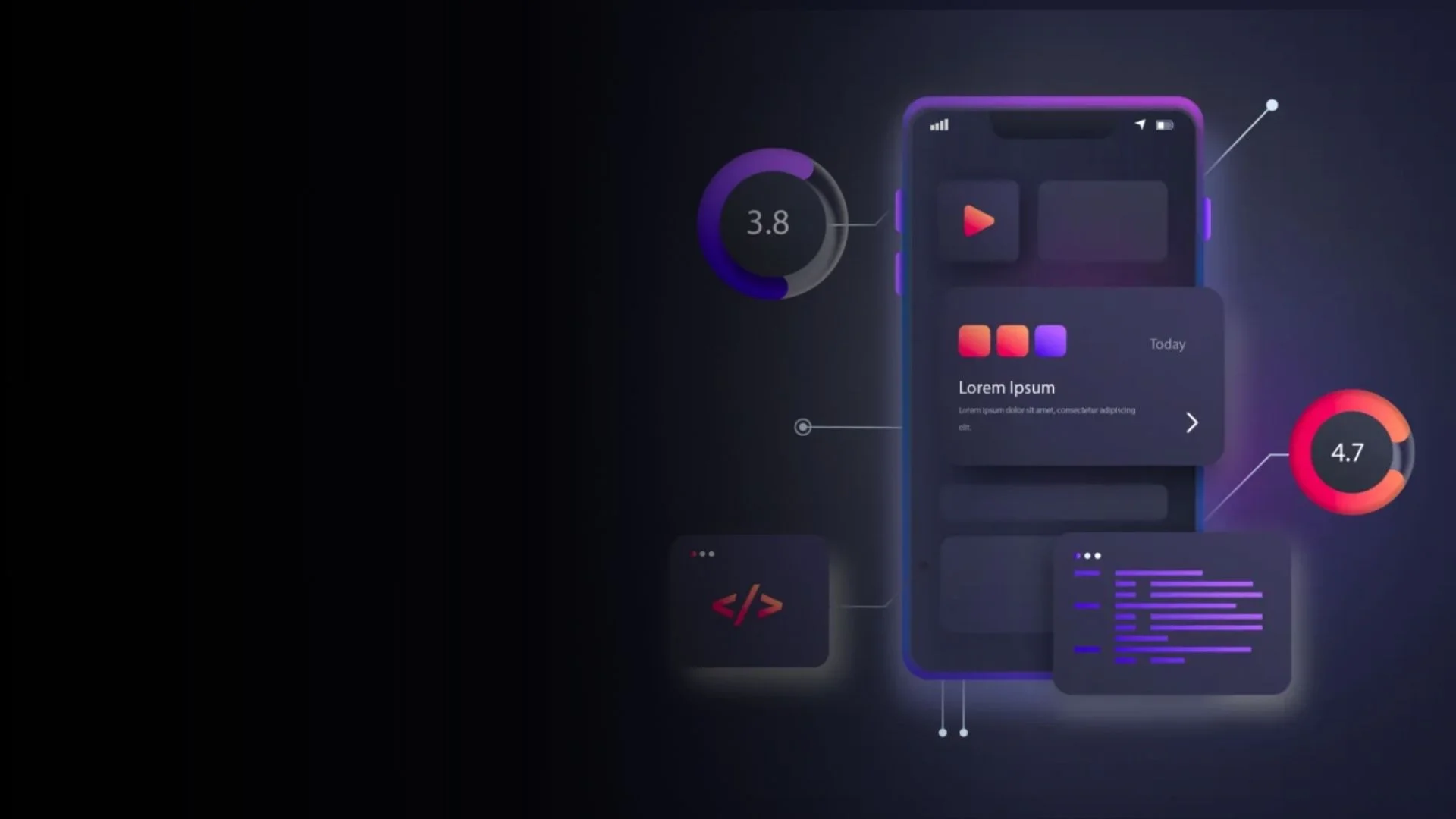Introduction
In UI/UX design, certain principles and laws guide the creation of intuitive, efficient, and engaging user experiences. These UI UX laws, introduced by prominent figures in psychology and design, help designers create interfaces that align with human behavior and cognition. By understanding and applying UI UX laws, designers can significantly enhance the usability and appeal of digital products. In this blog, we’ll explore ten fundamental UI UX laws for visual design and their practical applications.
Table of Contents
Fitts’s Law
Principle: The time required to move to a target area is a function of the distance to the target and the size of the target.
Introduced by: Paul Fitts, psychologist, in his paper “The information capacity of the human motor system in controlling the amplitude of movement” (1954).
Application: To reduce the effort required to interact with elements, make interactive components (like buttons) large and position them close to where users need them. For instance, placing frequently used buttons within easy reach and making them sufficiently large improves accessibility and efficiency.
Hick’s Law
Principle: The time it takes to make a decision increases with the number and complexity of choices.
Introduced by: Psychologists William Edmund Hick and Ray Hyman at the Second International Congress of Psychology in London (1952).
Application: Simplify choices for users by breaking complex tasks into smaller steps and avoiding overwhelming them with too many options at once. For example, in e-commerce checkouts, guide users through a step-by-step process rather than presenting all options simultaneously
Jakob’s Law
Principle: Users spend most of their time on other sites and prefer site to work the same way as the sites they are already familiar with.
Introduced by: Jakob Nielsen, usability expert, in his book “Designing Web Usability” (2000).
Application: Adhere to established design conventions and patterns to create a more intuitive and familiar user experience. By using common UI elements and navigation structures, users will find site easier to use because it aligns with their expectations.
The Law of Proximity
Principle: Objects that are close to each other are perceived to be related.
Introduced by: Gestalt psychologists, including Max Wertheimer, in their work on principles of perceptual organization (early 20th century).
Application: Group related elements together to create logical and intuitive associations in the user’s mind. For example, placing labels close to their corresponding input fields in a form reduces confusion and enhances readability.
Miller’s Law
Principle: The average person can only keep 7 (plus or minus 2) items in their working memory.
Introduced by: Psychologist George A. Miller in his paper “The Magical Number Seven, Plus or Minus Two: Some Limits on Our Capacity for Processing Information” (1956).
Application: Avoid overwhelming users with too much information at once. Chunk information into smaller, manageable groups. This can be seen in phone numbers being broken down into segments or in menu items being grouped logically.
Pareto Principle (80/20 Rule)
Principle: 80% of the effects come from 20% of the causes.
Introduced by: Economist Vilfredo Pareto, based on his observations on income distribution in Italy in the early 20th century.
Application: Focus on the most important 20% of the product’s features that will deliver 80% of the value to users. Prioritize key functionalities that users rely on most, ensuring these elements are optimized and easily accessible.
Tesler’s Law (Law of Conservation of Complexity)
Principle: There is a certain amount of complexity that cannot be reduced.
Introduced by: Larry Tesler, computer scientist, in various discussions and writings about human-computer interaction principles.
Application: Designers should ensure that this complexity is handled internally within the system rather than exposing it to the users. For example, complex algorithms should work behind the scenes to provide users with simple, straightforward interfaces.
Gestalt Principles
Principle: People perceive visual elements as unified wholes rather than just a sum of parts.
Introduced by: Gestalt psychologists in their research on visual perception and cognition (early 20th century).
Application: Use principles like similarity, continuity, closure, and symmetry to create organized and coherent designs that are easy to understand. For instance, consistent colors and shapes help users recognize related elements as part of a cohesive group.
Law of Prägnanz (Simplicity)
Principle: People will perceive and interpret ambiguous or complex images in the simplest form possible.
Introduced by: Gestalt psychologists as part of their studies on perceptual organization.
Application: Design interfaces in a way that reduces complexity and presents information in the simplest form possible. Use clear, straightforward layouts and elements to avoid overwhelming users.
Zeigarnik Effect
Principle: People remember uncompleted or interrupted tasks better than completed tasks.
Introduced by: Bluma Zeigarnik, psychologist, in her paper “On Finished and Unfinished Tasks” (1927).
Application: Use progress indicators, to-do lists, and notifications to keep users engaged and motivated to complete tasks. This can be seen in gamification elements where users are reminded of incomplete achievements or tasks.
Conclusion
Incorporating these ten fundamental UI UX laws can significantly enhance the user experience. By understanding the psychology behind user interactions and designing with these principles in mind, interfaces can be created that are not only functional but also intuitive and engaging. Remember, the key to effective design lies in simplicity, familiarity, and a deep understanding of user behavior.
Why Sparity
Sparity understands that effective UI/UX design goes beyond aesthetics; it’s about creating meaningful experiences based on proven psychological principles. By integrating these UI UX laws into design strategies, we ensure that every digital product not only meets but exceeds user expectations. Choose Sparity for UI/UX design needs and collaborate with a team dedicated to transforming vision into intuitive and impactful digital designs aligned with these UI UX laws.
FAQs
What are the 10 UI design challenges?
The top 10 UI design challenges range from brand consistency to responsive design. Designers address content presentation, iterative approaches, and functionality for an enhanced UX. Read more
What are the 10 UI visual design techniques to master?
Master UI visual design with wireframing, typography, iconography, color consistency, brand identity, layout, content, elements, composition, and elevating the user experience. Read more
What is the Kano model’s emphasis on UI/UX?
Features are divided into basic, performance, and enjoyment components by the Kano Model. In recent days, people have widely extended this model to the UX design thinking process. Read more
What is the top 5 UX design thinking processes and their steps?
Features are divided into basic, performance, and enjoyment components by the Kano Model. In recent days, people have widely extended this model to the UX design thinking process. Read more
What are user pain points and how to enahcne them with visual design elements?
Enhance the top 9 user pain points with effective visual design elements to improve user experience & satisfaction. Learn the best design strategies. Read more














